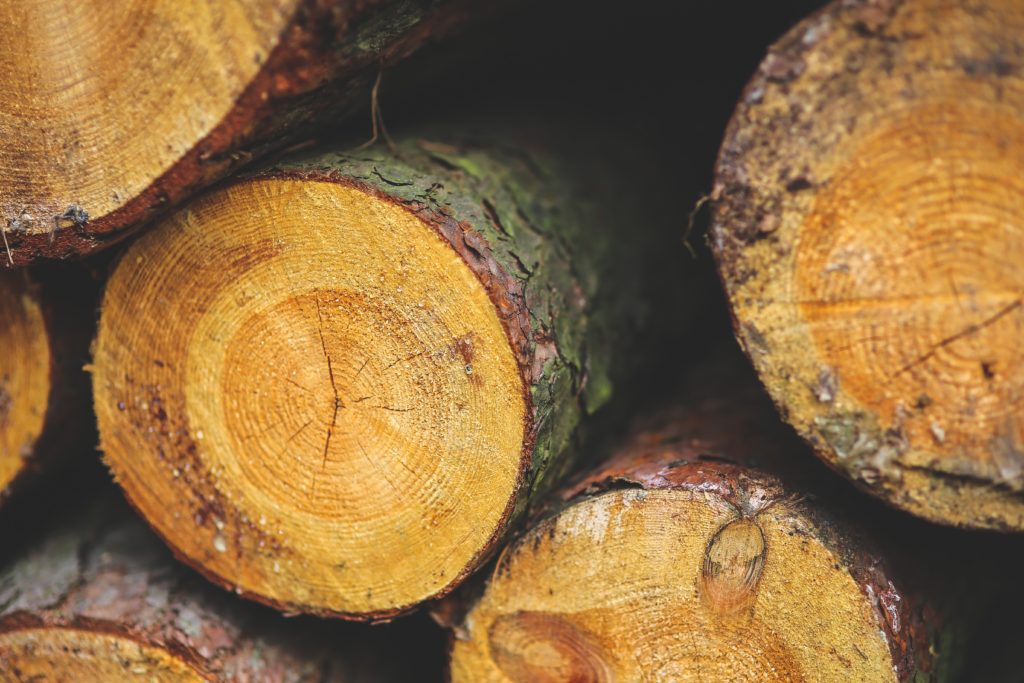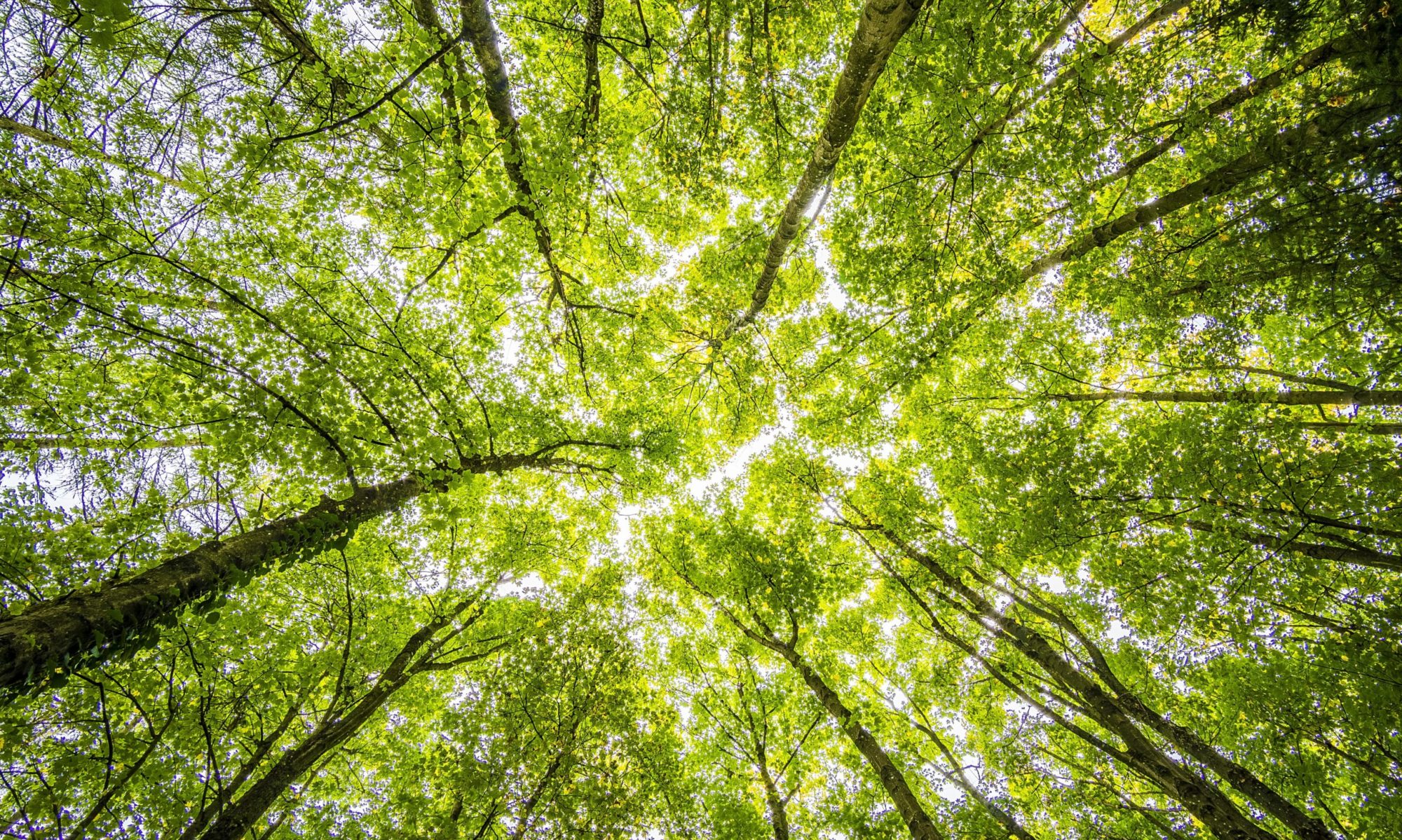
Building on the legacy of ESF as New York’s College of Forestry founded in 1911, CAFRI will establish the first network of experimental forests across New York State in over a century. Our goal is to inform the kinds of ecosystem stewardship needed to restore, sustain, and enhance our forest land’s adaptive capacity and its provision of forest products along with multiple benefits – including carbon sequestration, air and water purification, wildlife habitat and recreational opportunities – for current and future generations.
We will test adaptive strategies and management practices using ESF’s College Forest Properties in the Adirondack region (Huntington Forest) and Central New York (Heiberg Forest), and the Frost Valley YMCA Model Forest located in the Catskill region. Additional future sites may be established at other ESF properties and/or through partnerships with landowners.

Our experiments will provide critical insights on how restorative and rehabilitative practices, as well as treatments to promote novel ecological communities, will perform in the future compared to conventional silviculture and control (unmanaged) treatments. By replicating these experiments in stands of northern hardwoods of intermediate age across a latitudinal range of roughly 200 miles, we are looking at near- and long-term adaptation strategies that can be widely applicable for working forests across New York State.
The network’s design incorporates gradients in climate and soils, among other factors, that will shape the current and future condition of New York’s forest lands. We will use stand-level forest simulation models to forecast the likely outcomes of different forestry treatments under multiple ecological and economic scenarios. The network will also feature demonstration sites at each experimental forest to engage and inform landowners, professional foresters, policy-makers and the general public. This work is generously supported by the State University of New York as part of the ESF Discovery Challenge program ‘Pathways to a Net Zero Carbon Future’.
